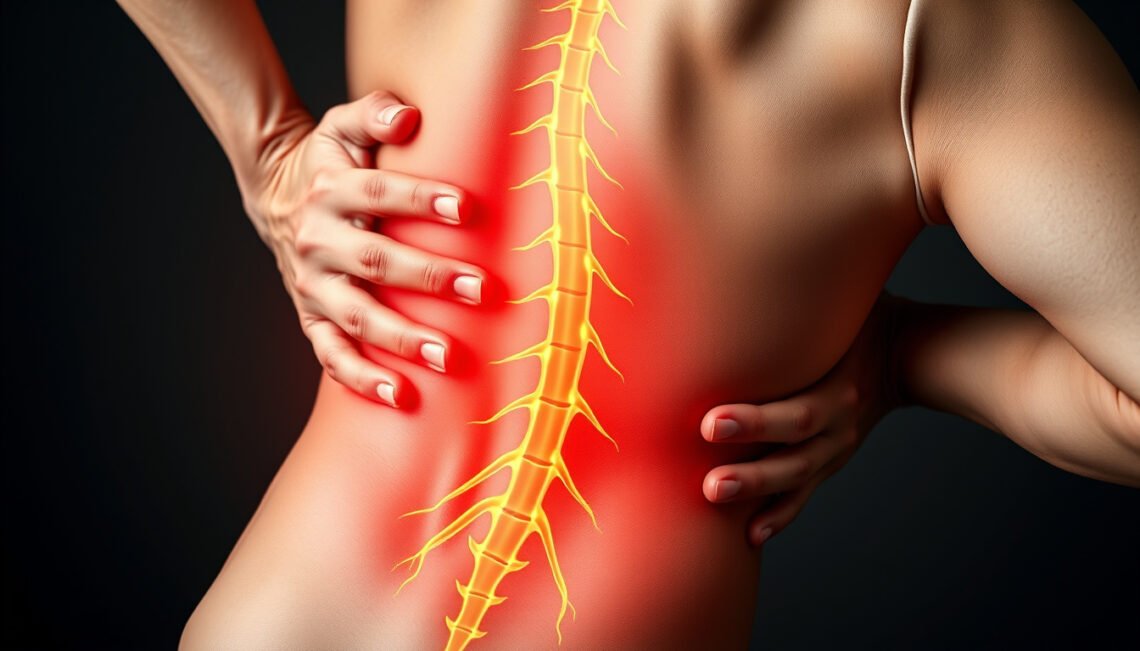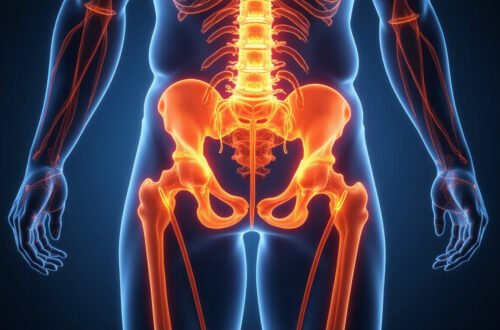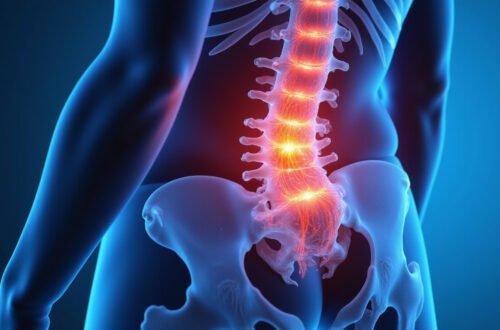Sciatica causes are often misunderstood, but identifying the root of the problem is essential for effective relief. If you’re experiencing shooting pain that radiates from your lower back down your leg, you may be dealing with sciatica. This condition results from compression or irritation of the sciatic nerve—the longest nerve in the body—which supplies sensation and movement to parts of your leg and foot. Understanding the top sciatica causes can help you seek targeted treatment and restore your quality of life.
In this article, we’ll explore the common sciatica causes, how they lead to nerve irritation, and practical ways to alleviate the pain. Whether you’re new to sciatica or have been living with it, understanding the underlying factors can empower you to make informed decisions about your health.
What Is Sciatica and Why Do Sciatica Causes Matter?
Sciatica is not a condition itself but rather a set of symptoms caused by underlying issues affecting the sciatic nerve. Symptoms typically include sharp or burning pain, numbness, tingling, or muscle weakness in the lower back, buttocks, legs, or feet. The sciatica causes trigger these sensations by compressing or inflamining the nerve root(s).
Understanding sciatica causes helps distinguish between simple muscle strains and more complex structural problems requiring medical intervention. Recognizing these causes ensures tailored treatment plans, whether through physical therapy, medication, or, in some cases, surgery.
Top Sciatica Causes: What Usually Leads to Sciatic Nerve Compression?
While numerous factors can lead to sciatica, some causes are more prevalent than others. Below are the most common sciatica causes you should be aware of:
1. Herniated or Slipped Discs
Perhaps the most common sciatica cause is a herniated disc in the lumbar spine. When the soft inner core of a disc protrudes through its tough exterior, it can press on the nearby sciatic nerve roots. This pressure causes inflammation and pain signals to radiate along the nerve pathway.
2. Degenerative Disc Disease
As we age, discs in the spine tend to degenerate, losing their cushioning ability and becoming less flexible. Degenerative disc disease may result in narrowing of the spinal canal (spinal stenosis), putting pressure on the sciatic nerve and leading to symptoms.
3. Spinal Stenosis
Spinal stenosis is the narrowing of the spinal canal, often due to age-related changes like thickened ligaments, bone spurs, or herniated discs. This constriction compresses nerve roots, most notably in the lower back, causing sciatica.
4. Spondylolisthesis
This condition occurs when one vertebra slips over the one below it, often due to a fracture or degenerative changes. The displacement can compress nerve roots and induce sciatica symptoms.
5. Piriformis Syndrome
Though less common, piriformis syndrome is worth noting. The piriformis muscle in the buttock can irritate or compress the sciatic nerve when spasming or tight—triggering sciatica symptoms without spinal nerve root compression.
6. Osteoarthritis
When joint degeneration occurs in the lumbar or sacroiliac joints, osteoarthritis can lead to the formation of bone spurs that impinge on nerve structures, potentially causing sciatica.
7. Other Causes
Rarely, tumors, infections, or traumatic injuries can also lead to sciatic nerve compression, but these are less frequent.
How Do These Causes Lead to Sciatica Pain?
Most sciatica causes involve some form of pressure or irritation of the sciatic nerve roots, typically located in the lower lumbar and sacral spine. The nerve’s compression results in inflammation, which amplifies pain signals, often radiating down the leg and into the foot.
For example, a herniated disc presses on nerve roots, while spinal stenosis narrows the spinal canal. In piriformis syndrome, muscle spasms directly irritate the nerve. Understanding these mechanisms clarifies why addressing the root cause can significantly reduce discomfort.

Practical Ways to Relieve Sciatica Pain
While identifying the underlying sciatica causes is crucial for targeted treatment, here are some general strategies to alleviate pain:
1. Conservative Treatments
- Physical Therapy: Guided exercises help strengthen spinal muscles, improve flexibility, and reduce nerve pressure.
- Pain Medications: Over-the-counter NSAIDs or prescribed medications can ease inflammation and discomfort.
- Hot and Cold Therapy: Applying heat or cold packs can reduce inflammation and relax muscles.
- Maintaining Motion: Avoid prolonged bed rest; gentle movement promotes healing.
2. Lifestyle Modifications
- Posture Correction: Proper ergonomics while sitting or lifting reduces strain.
- Weight Management: Excess weight increases stress on the spine.
- Regular Exercise: Low-impact activities like swimming or walking support spinal health.
3. Advanced Interventions
- Injections: Corticosteroid injections around nerve roots can decrease nerve inflammation.
- Surgical Options: For severe or persistent cases, procedures like discectomy or spinal stenosis decompression may be necessary.
When to See a Healthcare Provider
Persistent sciatic pain lasting more than a week, worsening symptoms, or associated issues like loss of bowel or bladder control warrant prompt medical attention. Early diagnosis ensures appropriate treatment and reduces the risk of long-term complications.
5 Tips to Prevent Sciatica Causes
Preventing sciatica involves proactive measures:
- Maintain good posture during daily activities and at work.
- Engage in regular core-strengthening exercises.
- Avoid prolonged sitting; take frequent breaks to stretch.
- Lift heavy objects properly by using your legs, not your back.
- Address early signs of back pain promptly with medical advice.
FAQ Section
Q1: What are the main sciatica causes I should be aware of?
A1: The primary sciatica causes include herniated discs, spinal stenosis, degenerative disc disease, spondylolisthesis, piriformis syndrome, and osteoarthritis.
Q2: Can lifestyle changes help reduce sciatica causes?
A2: Yes, maintaining proper posture, exercising regularly, losing excess weight, and avoiding prolonged sitting can help prevent many sciatica causes.
Q3: Is surgery necessary for all sciatica cases?
A3: Not always. Most cases improve with conservative treatment. Surgery is typically reserved for severe or persistent symptoms that do not respond to other therapies.
External Reference for Further Reading
For a comprehensive understanding of spinal health and sciatica, visit the National Institute of Neurological Disorders and Stroke (source: NINDS).
Conclusion
Understanding the top sciatica causes enables you to recognize symptoms early and seek appropriate treatment. Whether caused by herniated discs, spinal stenosis, or muscle syndromes like piriformis syndrome, addressing the underlying issue is key to relieving pain and preventing recurrence. With a combination of medical care, lifestyle modifications, and targeted exercises, you can regain control over your health and enjoy a pain-free life.
Don’t let sciatic pain dictate your life—consult a healthcare professional today to explore personalized treatment options and start your journey toward relief!





